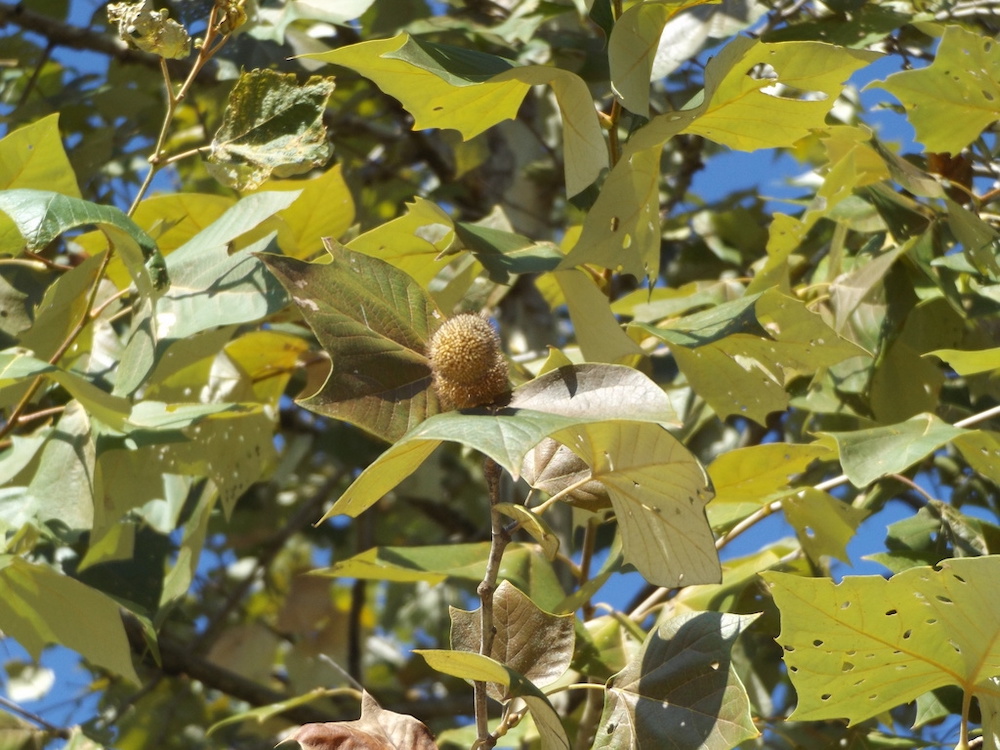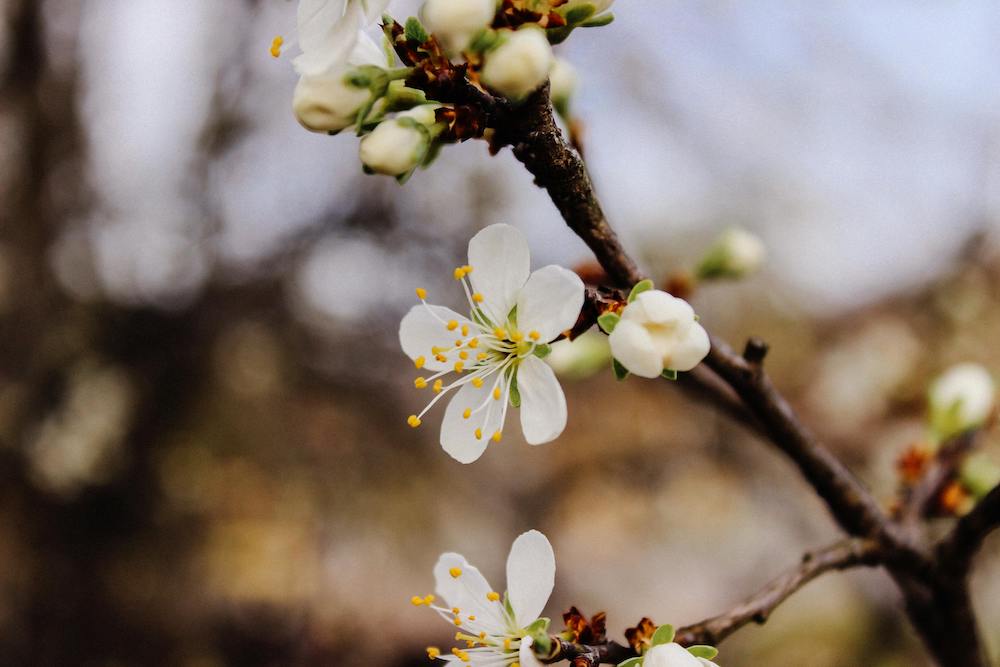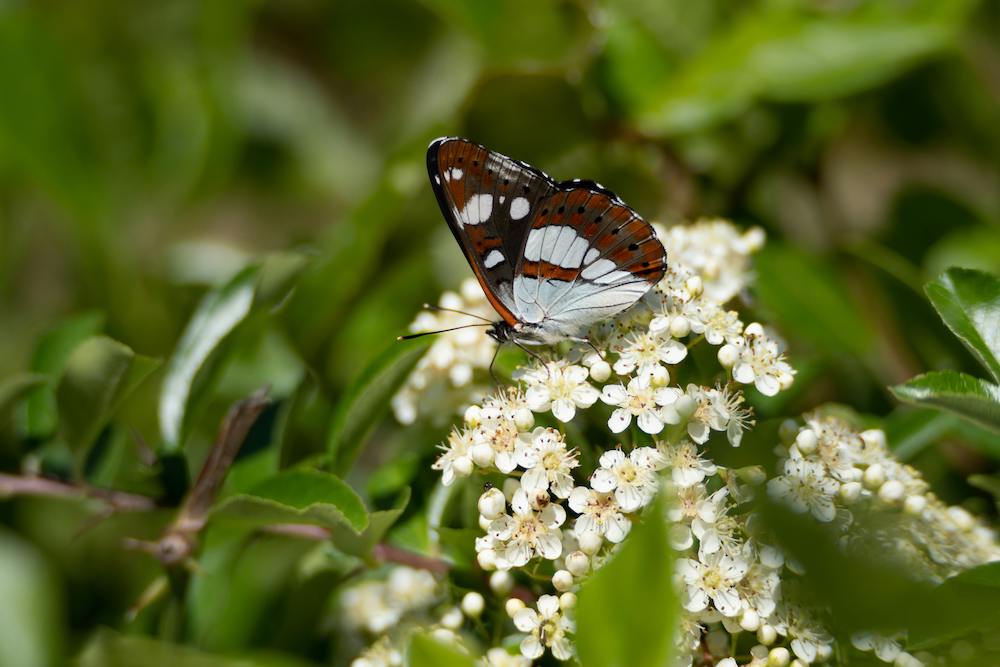Landscape design is an important consideration for any homeowner or community. The choice of plants, companion plants, trees, and shrubs can provide many benefits to residents and to the surrounding environment. It can aid water conservation and flood mitigation efforts, improve soil quality, support local wildlife, and provide cooling shade to residents and animals alike. At VIDA San Antonio, landscape design can also impact the important migratory paths of thousands of birds and butterflies.
Landscape design that benefits natural life as much as the people who live there is a key part of VIDA’s low-impact development efforts.
Native, low-maintenance, drought-tolerant plants at the core of VIDA’s landscaping
VIDA is implementing a thoughtfully crafted landscape plan that consists primarily of low-maintenance, drought-tolerant plants that are native to South Texas. Choosing native plants at VIDA allows for a higher rate of success of the plants — native plants are more adapted to the area’s climate, bugs, and water cycles. Additionally, hearty tree species were chosen for their ability to improve the tree canopy in the area, which also can improve soil and air quality, attract pollinators, and provide habitat for wildlife. A butterfly garden is also in the works!
Trees that can be found at VIDA include:

Mexican Sycamore by Alejandro Aguilar
- Mexican sycamore (Platanus mexicana)
Drought tolerant, fast growing, provides excellent shade and habitat for birds.
- Shumard red oak (Quercus shumardii)
Excellent shade provider with leaves that turn scarlet in fall. Provides habitat and food for birds and small mammals.
- Southern live oak (Quercus virginiana)
Sprawling limbs make it a popular residential shade tree. Provides habitat for birds, mammals and is a larval host for butterflies.
- Bald cypress (Taxodium distichum)
Great at soaking up water and preventing soil erosion. Provides habitat for many species of wildlife.
- Crape Myrtle ‘Muskogee’ (Lagerstroemia indica ‘Muskogee’)
A mildew-resistant crape myrtle hybrid with light lavender-pink flowers that bloom from early/mid-summer to early fall. Leaves turn red-orange in the fall.
- Montezuma cypress (Taxodium mucronatum)
Majestic conifer that’s usually evergreen. Provides shade, wildlife habitat, and improves water quality.
- Desert Willow (Chilopsis linearis)
Rapid-growing, drought-tolerant tree with fragrant, decorative blooms. Attracts butterflies and birds, including hummingbirds.

Prunus mexicana
- Mexican Plum (Prunus mexicana)
Drought-resistant tree with fragrant white or pale pink flowers. Attracts birds and butterflies, and produces fruit that is consumed by birds and mammals.
- Mexican Buckeye (Ungnadia speciosa)
Rapid-growing, drought-resistant tree with pink blooms that serves as a larval host plant for butterflies.
Shrubs that have been added at VIDA include;
- Powis Castle Artemisia (Artemisia ‘Powis Castle’)
Low-growing, evergreen shrub with high heat tolerance and low water requirement. Attracts butterflies.
- Texas Sotol (Dasylirion texanum)
Grass-like, perennial shrub that blooms in late spring/early summer. Attracts hummingbirds.
- Variegated Flax Lily (Dianella tasmanica ‘Variegata’)
Evergreen, grass-like shrub with bold, white-striped green petals. Produces pale blue-violet flowers and dark blue berries that attract pollinators and butterflies.

Dietes bicolor
- Butterfly Iris (Dietes bicolor)
Evergreen plant that blooms from late winter to early spring. Delicate white flowers have an orchid-like quality. Attracts butterflies.
- Red Yucca (Hesperaloe parviflora)
Virtually maintenance-free, drought-tolerant shrub. Grass-like leaves and tall spikes of coral-pink and yellow blossoms that attract hummingbirds.
- New Gold Lantana (Lantana camara ‘New Gold’)
Low-maintenance, heat-tolerant perennial with bright yellow blooms from spring through fall. Attracts butterflies, pollinators and hummingbirds.
- Russian Sage (Perovskia atriplicifolia)
Semi-hardy perennial in the mint family that blooms lavender-blue flower spikes in mid-summer. Attracts pollinators. - Autumn Sage (Salvia greggii)
A popular drought-resistant, cold- and heat-tolerant shrub with minty fragrant foliage. Usually blooms red in the wild—but can also bloom pink, orange, purple, white or somewhere in between. Birds and hummingbirds love it!
San Antonio Water System (SAWS) offers incentives to homeowners for water-saving landscaping and outdoor living features
Homeowners who want to cut back on water use while sprucing up their properties are encouraged to take advantage of SAWS WaterSaver rebates and coupons.
- WaterSaver Landscape Coupon: SAWS customers who remove at least 200 square feet of grass from their yard can document their work and get a coupon to use toward 15 SAWS-approved, drought-tolerant plants and small trees.
- Outdoor Living Rebate: Provides incentive for homeowners who want to build an outdoor patio with decking, pavestones, stepping stones, or pavers.
- Rain Gardens and Cistern Rebate: Rain garden rebates are available for homeowners who create a rain garden in their yard to catch runoff before it hits the street. Cistern rebates are available for homeowners who build at least a 500-gallon cistern to store rainwater for use in landscaping and lawn watering.
- Residential Irrigation Design Rebate: Available for homeowners who make specific changes to their irrigation systems or remove irrigation completely.
- Smart Irrigation Controller Coupon: Homeowners who don’t want to ditch their irrigation system completely can get a rebate for installing a smart irrigation controller, which adjusts watering schedules based on local weather and allows them to control their irrigation systems from a smartphone.
To learn more about sustainability and low impact development efforts, feel free to reach out to VIDA directly.

